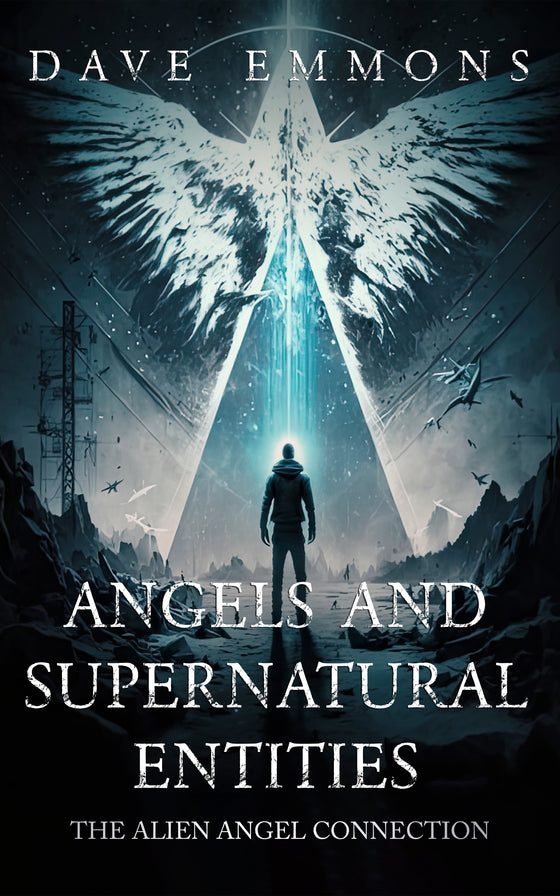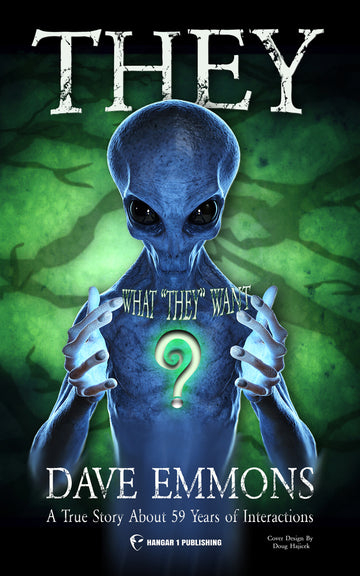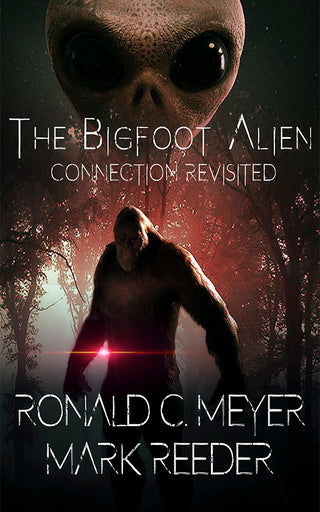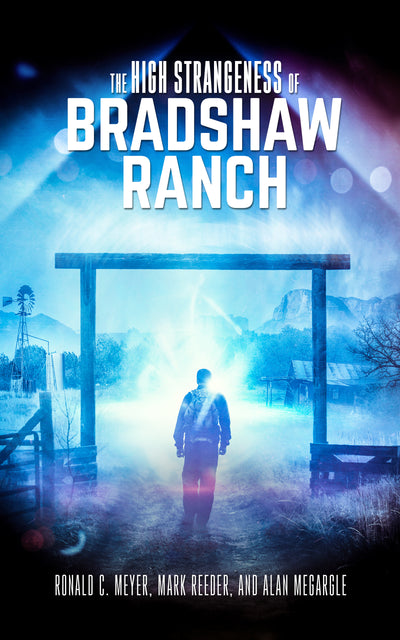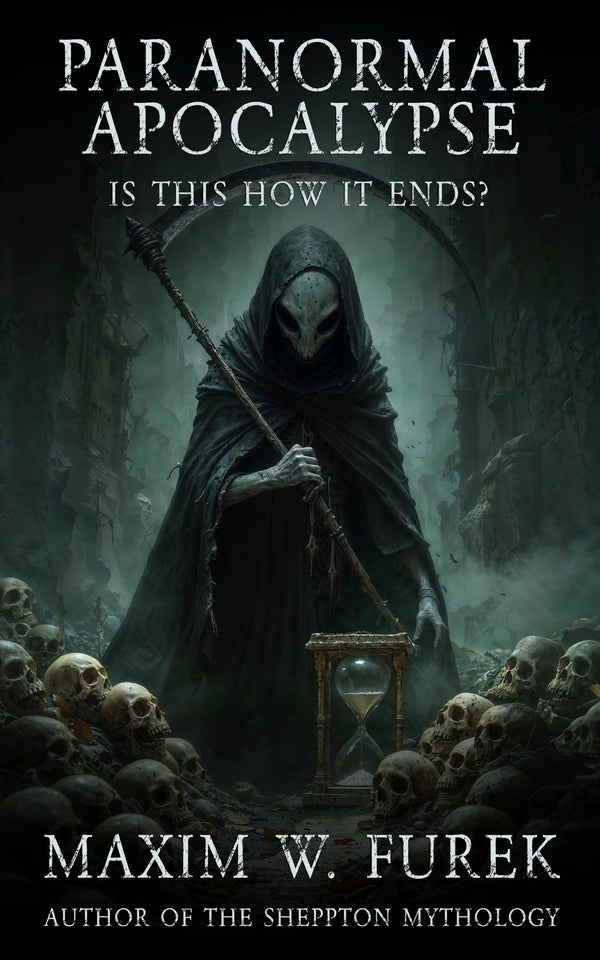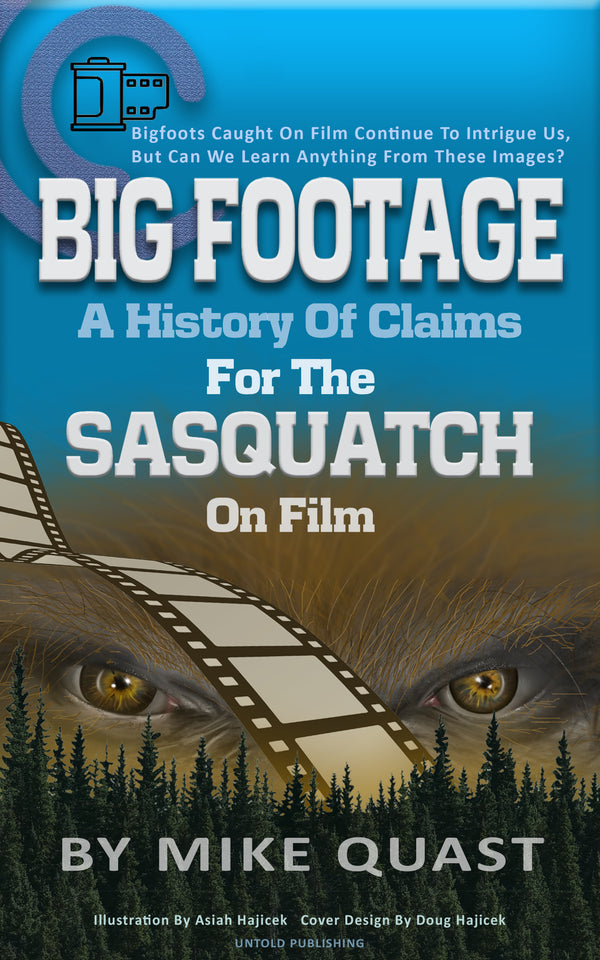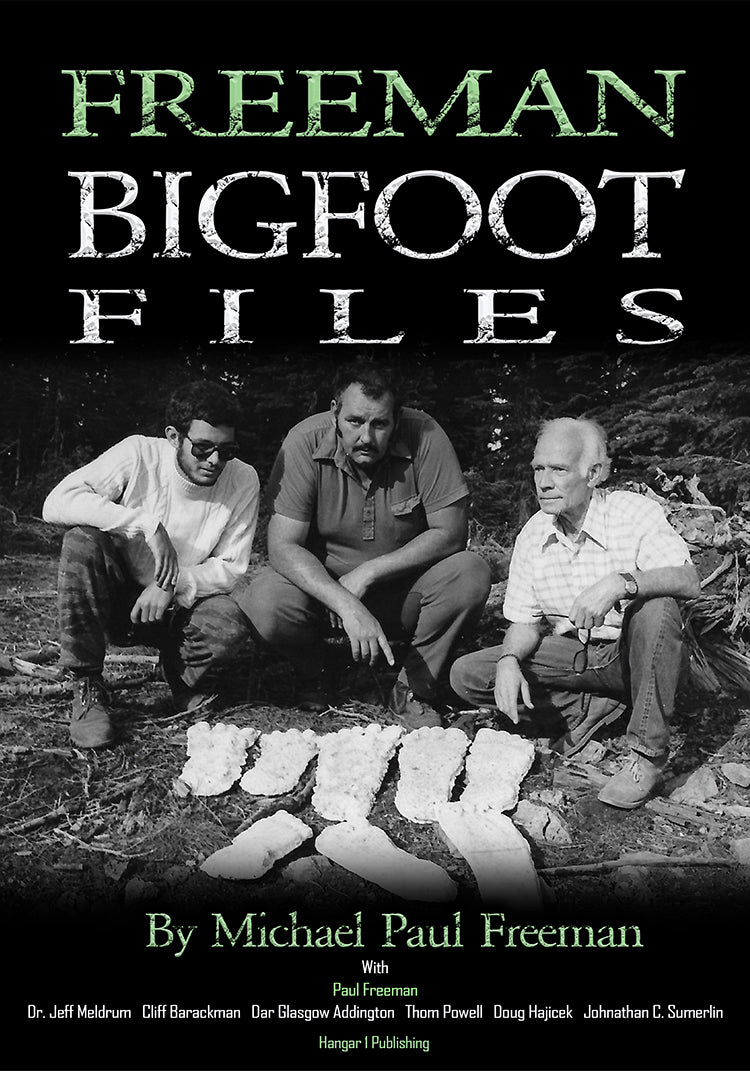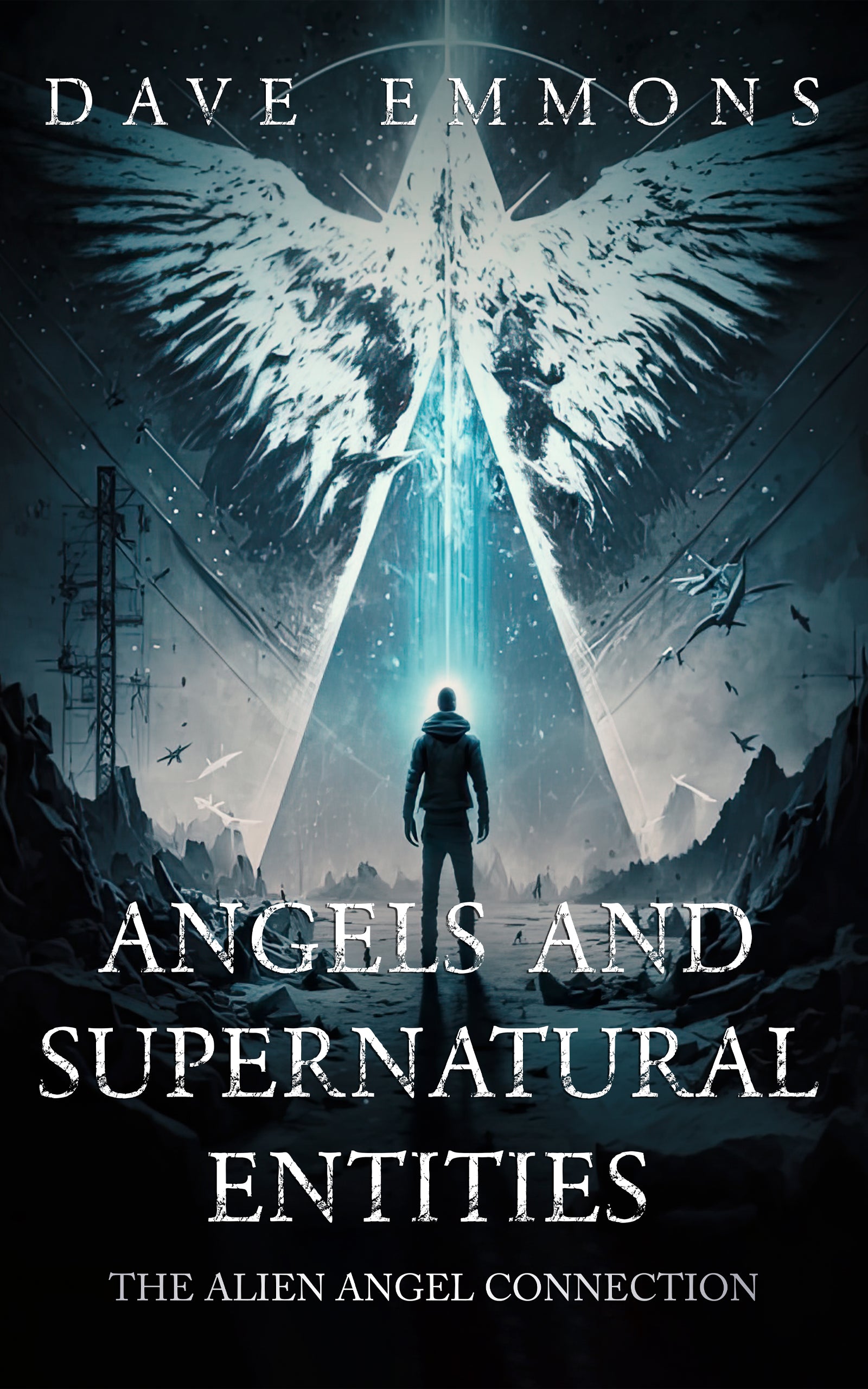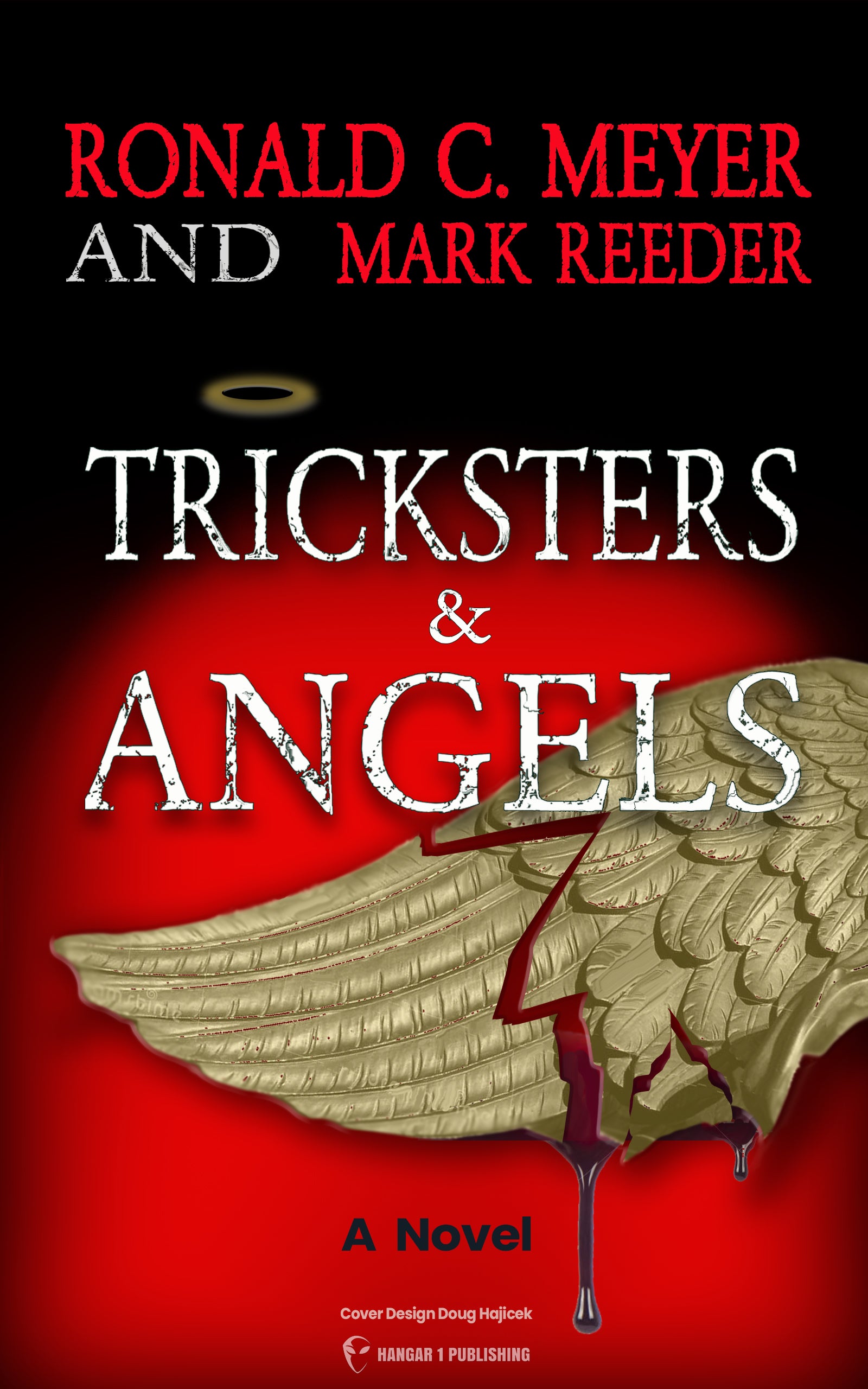Foo Fighters (WWII UFOs): The Unexplained War Lights
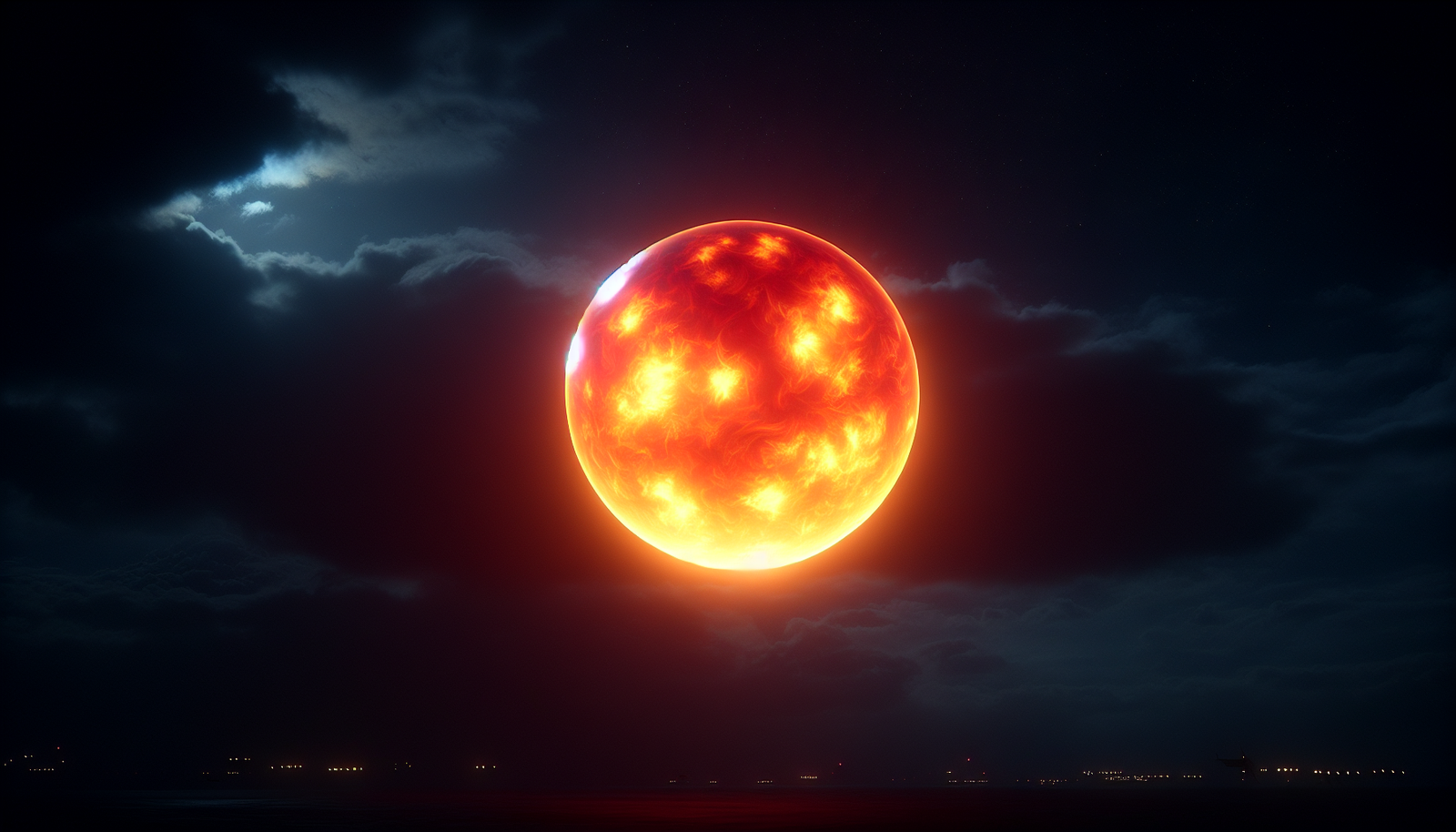
By Malcolm Blackwood, Ufologist
Introduction: War in the Heavens - A Glimpse of the Unexplained
Imagine the skies over Europe and the Pacific during World War II. Amidst the deadly ballet of dogfights, bombing runs, and anti-aircraft flak, another, stranger drama was unfolding. Allied and Axis pilots, men trained to identify friend from foe in a split second, began reporting bizarre aerial phenomena – encounters that defied explanation then and continue to puzzle us now. We're talking about lights, orbs, and discs behaving in ways that no known aircraft could, apparitions that became whispered legends among aircrews. You might know the name "Foo Fighters" from Dave Grohl's rock band, but that name has a much older, more mysterious history, born from these wartime encounters with the unknown.
These weren't just fleeting lights; pilots described intelligently controlled, fast-moving, glowing balls of light, appearing in various colors – fiery orange, red, white, even green – and ranging in size from small spheres to objects hundreds of feet across. They weren't confined to one area; reports flooded in from both the European and Pacific theaters of operation. This wasn't a hallucination shared by a few stressed-out pilots; it was a widespread phenomenon. The central, nagging puzzle from the get-go was this: how could pilots on opposing sides, flying different aircraft under different commands, be reporting encounters with the same inexplicable objects? If it was a secret Allied weapon, why were Americans and British seeing it? If it was a Nazi super-weapon, why were German pilots baffled too?
The Birth of a Name: From Comic Strips to Combat Reports
The moniker "Foo Fighter" itself adds a layer of absurdity to the phenomenon, a touch of whimsy attached to something deeply unsettling. Its origins lie not in some classified military think tank, but in the funny pages. Bill Holman, a cartoonist popular in the 1930s and 40s, created a comic strip called Smokey Stover. Smokey, the titular firefighter, lived in a world peppered with puns and nonsense words, the most famous being "foo." Smokey often referred to himself as a "foo fighter," and his catchphrase was the oddly prophetic, "Where there's foo, there's fire."
Fast forward to the grim reality of war-torn Europe in late 1944. The men of the U.S. 415th Night Fighter Squadron, flying missions near the German border, were becoming increasingly unnerved by encounters with mysterious lights. During a debriefing following a particularly strange sighting in November 1944 over the Rhine Valley, one radar operator, Donald J. Meiers—reportedly an avid reader of Smokey Stover from Chicago—grew agitated trying to describe the encounter. As the story goes, related by his intelligence officer Fritz Ringwald, Meiers slapped a copy of the comic strip he carried in his back pocket onto the desk and declared, "It was another one of those f---in' foo fighters!"
The name, perhaps because it offered a much-needed release valve of dark humor, stuck. It was quickly cleaned up for official reports and wider use, becoming the standard military slang for these unidentified aerial objects. It’s a stark contrast: a silly name borrowed from a comic strip, used by hardened combat veterans to label encounters that defied their training, their technology, and their understanding of the very skies they fought in. The term soon escaped the confines of squadron debriefing rooms. Correspondents like Bob Wilson of the Associated Press picked up the story, and by early 1945, publications like Time Magazine, the New York Times, and the British Daily Telegraph were reporting on the "Foo Fighters," bringing the mystery to the home front. This adoption of a whimsical name for potentially terrifying unknowns speaks volumes about the psychological pressure cooker of wartime and the human need to label, even humorously, what cannot be explained.
Witness Accounts from the Front Lines: Encounters with the Unexplained
The official records and pilot testimonies paint a picture of something far more complex than simple misidentification. In the European Theater, reports predate the coining of the "Foo Fighter" name. British Royal Air Force crews, flying dangerous night bombing raids deep into Germany, had been reporting strange lights and objects as early as March 1942. They described luminous objects, sometimes large "aeroforms," or simply "The Light" or "The Thing." These weren't flares or flak; these were objects that seemed to interact with their aircraft. A Polish-crewed Wellington bomber, returning from a raid on Essen in March 1942, encountered a large, copper-colored ball. The rear gunner fired tracer rounds directly into it, observing them enter the light with no effect and without emerging from the other side. The object then paced the bomber off its wingtip, shrugging off further fire from the nose turret before darting away.
Later, the American night fighter squadrons, like the 415th, provided a wealth of reports between late 1944 and early 1945. Their accounts consistently described fiery, glowing objects – orange, red, white – that followed their planes with incredible speed and agility, mimicking evasive maneuvers effortlessly. Sometimes a single light appeared; other times, formations of eight, ten, or even fifteen would materialize, described once as looking like a "Christmas tree up in the air." Crucially, these objects almost never displayed hostile intent. They followed, they watched, they paced, but they didn't attack, leading some pilots to initially dismiss them as a strange nuisance rather than an immediate threat – though "scared shitless," as one 415th pilot later admitted, was a common reaction. Former U.S. Senator Ted Stevens, recounting his time as a WWII fighter pilot, described an object sticking with his plane regardless of speed changes or dives, an object invisible to radar. The pilots, despite suspecting German origins and nicknaming them "kraut fireballs," knew these weren't conventional enemy craft.
The Pacific Theater offered its own chilling variations. B-29 Superfortress crews flying missions over Japan encountered what they typically called "balls of fire." The descriptions were similar – orange-red balls, sometimes reported as small as six inches, other times half the width of a B-29’s fuselage. Their flight patterns were varied: some arched up from the ground, others wandered aimlessly, and many closely trailed the bombers, sometimes for over half an hour, matching evasive actions. One particularly detailed air intelligence report from the 21st Bomber Command describes a basketball-sized object trailing a B-29 at 300 yards, mimicking its maneuvers. Another details an object lost three times as a bomber passed through clouds, only to reappear on the tail each time.
What makes the Pacific sightings particularly astonishing, and frankly complicates the entire narrative, are the documented instances of B-29 gunners actually shooting down these "balls of fire." Declassified tactical mission reports, specifically from the raid over Tokyo and Kawasaki on April 15, 1945, state that gunners engaged and destroyed four of these objects using their .50 caliber machine guns. The reports are specific: one object disintegrated, another floated down in a controlled spin before exploding, one passed through a searchlight leaving smoke, and the fate of the fourth wasn't detailed. This wasn't mass hysteria; this was documented combat engagement included in official reports alongside claims for conventional enemy aircraft. With over 300 "ball of fire" sightings reported by 140 B-29 crew members, the phenomenon was undeniably prevalent. Yet, many other Pacific reports echoed the European ones – objects pacing aircraft impervious to gunfire. This inconsistency – some objects seemingly destroyed, others untouchable – only deepens the mystery.
The sightings weren't limited to the air, either. In August 1942, during the Guadalcanal campaign, hundreds of U.S. Marines on Tulagi Island witnessed a formation of about 150 shimmering, silver objects flying overhead in straight lines. Sergeant Stephen J. Brickner described them as having no wings or tails, wobbling slightly, and moving incredibly fast. Earlier, in September 1941, sailors aboard a Polish vessel in the Indian Ocean reported a strange greenish glowing ball, half the size of the full moon. These weren't pilots under the immediate stress of aerial combat; these were ground observers and sailors reporting equally inexplicable phenomena. The credibility of these witnesses – trained pilots, gunners, radar operators, marines, and sailors, all tasked with observation under demanding conditions – lends significant weight to their extraordinary accounts.
The Radar Paradox: Silent Witnesses or Something Else?
One of the most baffling aspects of the Foo Fighter phenomenon was its relationship—or lack thereof—with radar. In case after case, pilots visually observing these objects, sometimes close enough to describe their color and shape, reported that neither their own airborne radar nor ground control could detect anything. For objects seemingly solid enough to follow aircraft and perform complex maneuvers, this invisibility to radar, the very technology designed to detect aircraft, presented a significant paradox. It immediately challenged conventional explanations like misidentified enemy planes or weather balloons.
Imagine the frustration: seeing an object visually, knowing it's there, performing intelligently, yet your state-of-the-art detection equipment insists the sky is empty. It's like seeing a car drive past your window, but your security camera shows nothing. This lack of radar signature fueled speculation that the Foo Fighters weren't physical craft in the conventional sense, perhaps explaining why some pilots simply described them as balls of light or fire.
However, the situation wasn't absolute. Adding another layer of complexity, there were rare but documented instances where radar did pick up these anomalies. On December 22, 1944, as a 415th Squadron pilot visually tracked two large orange glows over Hagenau, Germany, the ground radar operator confirmed contact. Radar operator Andrew V. Amrose recounted picking up targets on his screen that appeared initially conventional, but would then "accelerate to a fantastic speed, which made it impossible to set a rate on and even more difficult to identify." He and his colleagues referred to these elusive contacts as "ghosts."
These occasional radar confirmations muddy the waters. Did some Foo Fighters have properties that allowed them to be detected while others didn't? Was it dependent on the type of object, its proximity, or the specific radar technology being used (which was still relatively new and evolving during the war)? Or were the radar hits simply misinterpretations of other phenomena, coincidentally occurring during a visual sighting? The inconsistency itself is part of the puzzle. How could objects capable of such advanced flight characteristics be simultaneously visible to the eye, often invisible to radar, yet occasionally register as fleeting, high-speed blips? This radar paradox remains a critical sticking point in attempts to understand what these pilots were truly encountering.
Wartime Theories and Official Investigations: Seeking Answers Under Pressure
During the war, with survival paramount, the most immediate and logical assumption about the Foo Fighters was that they were secret enemy weapons. The skies were a battleground of technological one-upmanship. The Germans had already unleashed the V1 flying bomb and the V2 ballistic missile, terrifying new weapons that demonstrated their advanced capabilities. Allied intelligence documents and press releases from late 1944 explicitly referred to the phenomena as a potential "new German weapon." Speculation ranged from advanced jet or rocket-propelled aircraft to sonic or radio-controlled flying bombs. Given the context, this wasn't unreasonable.
However, this theory quickly began to unravel. The crucial piece of contradictory evidence was the sheer scope of the sightings. Reports weren't just coming from Allied pilots over Europe; they were also documented in the Pacific, and perhaps most significantly, intelligence revealed that German and Japanese pilots were reporting strikingly similar encounters. If everyone was seeing them, they couldn't belong to any one side. Furthermore, the objects' behavior was problematic for the secret weapon theory. They almost never exhibited hostile actions. They followed, paced, and maneuvered, but they didn't attack. Why develop a weapon capable of such superior flight characteristics and then not use it offensively?
As the war concluded and the Allies gained access to German scientists and technology through operations like Paperclip, the secret weapon theory definitively collapsed. Despite finding advanced projects like the Horten flying wings and early jet designs, nothing in the captured records or personnel interviews matched the descriptions or capabilities of the Foo Fighters. German scientists, including figures like Wernher von Braun who were instrumental in rocket development, offered no explanation. The Army Air Command did send officers to investigate, but according to author Keith Chester, their research findings were subsequently lost – a common refrain, unfortunately, in the annals of UFO investigation. Similarly, a US Navy investigation in 1945 explored the possibility of visual hallucinations induced by combat fatigue, but this explanation was roundly rejected by the experienced aircrews who had witnessed the phenomena firsthand.
With the war over and the secret weapon theory debunked, the mystery shifted. The emergence of the Cold War brought new anxieties. The newly formed CIA took an intense interest in UFO reports, including the Foo Fighter accounts, primarily from a national security perspective. Internal memos from 1952 reveal concerns that UFO sightings could be exploited by the Soviets to induce mass hysteria or overload US air defense systems, potentially masking a real attack. The Agency closely monitored the Air Force's official UFO investigations – Projects SIGN, GRUDGE, and BLUE BOOK – which often aimed to debunk sightings and alleviate public anxiety.
This concern culminated in the CIA convening the Robertson Panel in January 1953. This panel of esteemed scientists reviewed the existing evidence, including Foo Fighter reports. Their conclusions, outlined in the now-famous Robertson Report, were stark: no evidence of extraterrestrial involvement, no direct threat to national security. However, they expressed concern that the public's fascination with UFOs itself posed a threat by clogging communication channels and potentially being exploited. Their recommendations were controversial and ultimately counterproductive: a public relations campaign to debunk sightings (suggesting mass media, schools, and even Disney be used) coupled with the secret monitoring of civilian UFO groups for "subversive activities."
The CIA’s insistence on concealing its own interest and its sponsorship of the Robertson Panel, combined with later revelations about how secret high-altitude flights of aircraft like the U-2 and OXCART were sometimes misidentified as UFOs (with the Air Force issuing deliberately misleading explanations to protect these programs), created a perfect storm of distrust. These actions, perhaps driven by genuine security concerns at the time, laid the groundwork for decades of accusations of government conspiracy and cover-ups regarding UFOs, a legacy that persists to this day.
Post-War Theories and Ongoing Scientific Debate: Unraveling the Mystery
With the war over and the secret enemy weapon theory largely discarded, the search for explanations for the Foo Fighters continued, branching into both conventional and more exotic possibilities.
Conventional explanations, often favored by official bodies, struggled to fit the details. St. Elmo's Fire, that eerie electrical glow sometimes seen on wingtips or masts, was frequently proposed. However, pilots familiar with St. Elmo's Fire noted inconsistencies: the Foo Fighters typically appeared as distinct orbs, often red or orange rather than the bluish glow of St. Elmo's, and crucially, they exhibited independent, intelligent-seeming maneuverability far beyond a static electrical discharge. Ball lightning, another atmospheric electrical phenomenon, presents as a sphere of light but is generally short-lived and erratic, not known for sustained flight alongside aircraft or complex formations. Explanations invoking combat fatigue or optical illusions, while perhaps applicable in isolated cases, couldn't account for the consistency of reports across multiple crew members, different squadrons, radar confirmations, and especially the documented instances of engagement in the Pacific. Misidentification of known aircraft or celestial bodies also falls short when faced with descriptions of impossible speeds and maneuvers.
This led investigators and researchers down less conventional paths. Some, like Italian author Renato Vesco, revived the Nazi secret weapon theory, proposing specific, albeit unproven, devices like the "Feuerball" or "Kugelblitz"—supposedly automated, jet-propelled drones designed to disrupt Allied bomber electronics using klystron tubes. While intriguing, no concrete evidence for such devices matching the Foo Fighters' behavior has ever emerged from German archives. Germany did experiment with unconventional aircraft, such as Arthur Sack’s A6 V1, a literal circular-winged plane built in 1944. However, this farmer's invention barely hopped off the ground, required a pilot, and bore no resemblance to the glowing, maneuverable orbs reported by aircrews.
More recently, a fascinating scientific hypothesis has emerged, proposing that Foo Fighters might have been atmospheric plasmas. Researchers associated with institutions like Harvard-Smithsonian and the University of Arizona suggest that plasmas – ionized gases, the fourth state of matter responsible for lightning and the Northern Lights – could form in the thermosphere and descend into the lower atmosphere. These plasma entities, theorized to come in various shapes and sizes, might be attracted to the electromagnetic fields surrounding aircraft, thunderstorms, or even radiation hot spots (interestingly, including Hiroshima). While not considered "alive" in the biological sense, the researchers propose that these plasmas could exhibit complex behaviors that mimic intelligence – growing, replicating, interacting, following each other, and perhaps even exchanging energy ("energy cannibalism"). This theory gains some support from sightings reported by astronauts and filmed during space shuttle missions showing unexplained plasma-like phenomena interacting with spacecraft. While still a hypothesis requiring further investigation (perhaps involving satellites equipped to study these phenomena), it offers a potential natural explanation that accounts for the light-based appearance, strange movements, and attraction to aircraft without invoking enemy tech or extraterrestrials.
And then, of course, there is the enduring extraterrestrial hypothesis. Gaining significant traction after the war with the "flying saucer" craze kicked off by Kenneth Arnold's 1947 sighting and the infamous Roswell incident, this theory posits that Foo Fighters were probes, drones, or reconnaissance craft from an alien civilization. Their reported ability to outperform any known human technology, their seemingly intelligent control, and their sudden appearances and disappearances certainly fit the profile for proponents of this view. One source even suggests they were extraterrestrial drones monitoring Earth to prevent humanity from destroying itself during the war. While lacking definitive proof, the extraterrestrial explanation remains a compelling possibility for many, precisely because the Foo Fighters' reported characteristics so stubbornly resist conventional terrestrial explanations.
Lingering Questions and the Modern Context of UAPs: The Search Continues
Decades after the guns fell silent, the Foo Fighters remain stubbornly lodged in the files of the unexplained. Several fundamental questions still linger. Why did the sightings seem to taper off so dramatically after World War II ended? Was it simply because the specific conditions of intense aerial warfare – the sheer number of aircraft, the constant scanning of the skies, the specific atmospheric conditions perhaps influenced by widespread bombing and fires – ceased? Or did the nature of the phenomenon itself change, or perhaps official interest and reporting mechanisms simply waned once the immediate fear of an enemy secret weapon subsided?
The challenge of evidence also persists. While eyewitness accounts from trained military personnel are compelling, tangible proof is scarce. Wartime photography was rudimentary compared to today's standards, and few, if any, authenticated photographs or gun camera films clearly depicting Foo Fighters have survived or been released. Images that do circulate are often blurry, lack provenance (details of date, location, photographer), or are suspected of being fakes or misinterpretations, making objective analysis extremely difficult.
Yet, the Foo Fighter story feels remarkably relevant today. They stand as clear predecessors to the modern UFO phenomenon, which truly ignited in the public consciousness immediately after the war. The descriptions given by WWII pilots – objects performing impossible maneuvers, pacing sophisticated military aircraft, baffling radar systems – echo strikingly similar accounts detailed in recent UAP (Unidentified Aerial Phenomena) reports released by the Pentagon, involving encounters between US Navy pilots and unexplained objects. The "Tic-Tac" incident described by Commander David Fravor in 2004, involving an object that outmaneuvered his F/A-18F, bears uncanny resemblance to RAF and USAAF pilots trying, and failing, to engage Foo Fighters sixty years prior. Is it possible that the phenomenon never really went away, but simply continued, adapting or changing its appearance, perhaps, while official channels remained largely silent until recently? The renewed governmental and scientific interest in UAPs today might, eventually, shed retrospective light on historical cases like the Foo Fighters.
Beyond the military and scientific realms, the Foo Fighters have secured a quirky place in popular culture, largely thanks to Dave Grohl’s band ensuring the name remains familiar. But behind the rock anthems lies the genuine historical puzzle: the first widely documented wave of UFO sightings reported by credible, trained observers during a period of intense global conflict. They represent a moment when the known realities of warfare collided head-on with something utterly unknown.
The Unexplained Legacy
The Foo Fighter reports are a knot of paradoxes: objects visually confirmed yet often invisible to radar; capable of incredible speeds and maneuvers yet rarely displaying hostility; witnessed consistently by pilots on opposing sides of a global conflict. Despite official investigations during and after the war, and decades of subsequent analysis and theorizing – ranging from mundane misidentification to exotic plasma physics or extraterrestrial visitation – no single explanation has satisfactorily accounted for the full range of credible sightings. The files remain open, the questions unanswered. What exactly were those strange lights and objects that danced and darted through the war-torn skies? And what do these enduring mysteries tell us about the phenomena that might still share our airspace, just beyond the limits of our current understanding? The Foo Fighters serve as a stark reminder that sometimes, even amidst the clarity of conflict, the greatest unknowns remain not on the battlefield, but in the skies above.
From Bigfoot to UFOs: Hangar 1 Publishing Has You Covered!
Explore Untold Stories: Venture into the world of UFOs, cryptids, Bigfoot, and beyond. Every story is a journey into the extraordinary.
Immersive Book Technology: Experience real videos, sights, and sounds within our books. Its not just reading; its an adventure.








